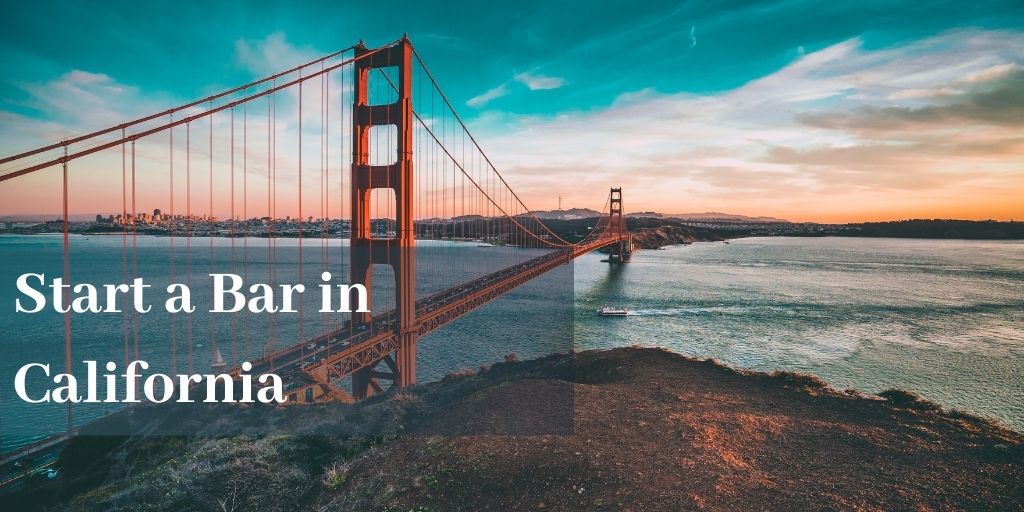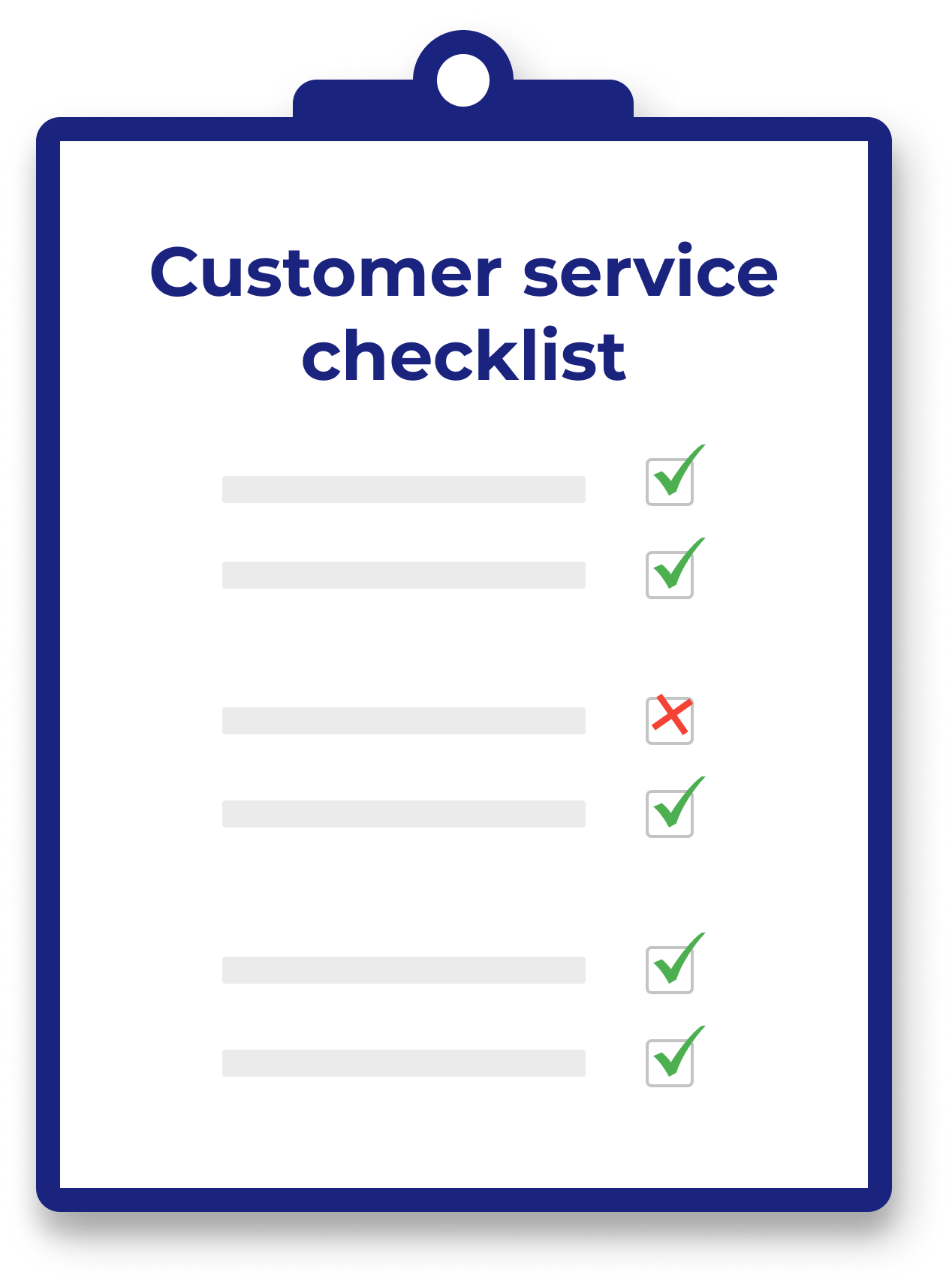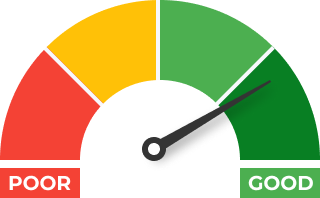So, you’re ready to start your own bar in California.
When it comes to opening any business, you must have a solid business plan that takes you from concept to logistics. Your goal should be opening your doors and staying open through that crucial first year without losing profits.
Opening and operating your bar also means a lot of budgeting, planning, and research. Here’s what you need to know about starting a bar in California.
Concept and Design
The first step is deciding on your concept and design. You need to have a clear idea of the type of bar you want. Do you want to open a small neighborhood pub or an elegant cocktail bar? Or have you always wanted to own a sports bar? Your choice will play an essential role in the atmosphere and design of your establishment.
Your initial thoughts and ideas will become your brand, and your entire bar design will support this brand. Your concept should include food and drink menus, bar décor, and even your bar’s name.
Location and size
Location and size are some of the first things you should consider when opening a bar.
Your ideal location should have high visibility and a good mix of car and foot traffic so that your target clientele has easy access. When choosing a location, try to stay objective and look at more than one option before deciding. Make sure there is ample parking for your customers and that you’re within close distance to public transit.
The size of your future bar will depend on whether you’re starting your business from scratch or buying and transforming an existing bar.
Drinks and Food Menu
Decide what drinks and food items you want to serve. This should be the fun part: you’ll want beer, spirits, cocktails, and wine on the menu, but what brands would you like to feature?
Consider serving local brands that highlight Californian products and maybe even have a signature cocktail named after your bar.
If you plan on serving food, think about whether you’re going to stick to appetizers such as nachos and mini sliders or offer full meals to your clientele. Taking the time to plan your drink and food menu in detail will help you estimate costs and find suppliers.
Your Business Plan
As dull as it sounds, a business plan is your road map to a successful bar opening. It outlines your business, how you’re going to operate, and what you’ll do for financing. The planning and research that go into a business plan will not only help you open your bar – a good outline will help you stick to your budget and avoid unexpected costs and expenses.
The business plan for your bar should include the following sections:
- Bar concept and design
- Location
- Target market
- Drink and food menu
- Business formation: sole proprietorship, partnership, or LLC
- Startup and operating costs
- Funding
- Budget outline
- Expected revenue
Business licenses and permits
Make sure you know all the legalities and requirements of opening and operating your bar in California. You don’t want to overlook any of these requirements and risk fines or penalties that force you to shut your doors.
California Liquor Licenses and Permits
Any business that sells alcohol will need to be registered with the U.S. Department of the Treasury. Apply for a TTB (Alcohol and Tobacco Tax and Trade Bureau) permit early as application approval can take up to two months to be processed.
To serve alcohol, you’ll also need to get a liquor license from the California Department of Alcoholic Beverage Control. You’ll want to apply early for this license as well – issuing of licenses takes on average three months.
California has several different types of liquor licenses, including:
- #41 – On-Sale Beer & Wine – Eating Place
- #42 – On-Sale Beer & Wine – Public Premises
- #48 – On-Sale General – The sale of beer, wine, and distilled spirits for consumption on the premises where sold
Read the FAQ section to help you determine the license requirements for your bar.
Other Permits
Other licenses and permits that you need to operate your bar in California include:
- Business License – Some cities in California will have a business license requirement.
- Food Safety Certification – For food service, you’ll need at least one employee on shift to have a Food Safety certificate.
- Health Permit – You’ll need a permit at the county level in California if you’re going to be serving food.
- Tax ID Number – As a business owner, you’ll need to register for a tax identification number from both the Federal government and California state government.
- Worker’s Compensation Insurance – As an employer, you’ll need to purchase workers’ compensation insurance to protect both you and your employees.
- Renovation Permit – If you plan on doing any renovations, you’ll need a building permit.
Liquor Supplier
When you have your list of drinks in place, it’s time to find one or more liquor suppliers. Look for a supplier that can provide the brands you want on your menu. Choose a distributor that not only has your brand selection but also offers discounts, payment terms, and a minimum purchase requirement.
Hire Your Staff
The success of your business depends on the team you hire. You want employees you can trust and rely on even when you’re not there. Before you start hiring, think about what type of atmosphere you want your customers to experience when they come to your bar. You want your team to reflect the image and style of your establishment.
When interviewing applicants, look for efficient, enthusiastic, and friendly employees who already have experience working in a bar. Some of the positions you’ll need to fill include a general manager, bartenders, servers, and security.
Don’t overlook your kitchen staff. Depending on how extensive your food menu is, you’ll need chefs, dishwashers, and bussers during your busiest times.
Equipment and Supplies
Well before the opening day, you’ll want to have your bar ready with equipment and supplies. Much of what you need will depend on your bar concept.
Layout
Outline your bar layout to establish the exact placement of the bar area, tables, kitchen, and equipment. This blueprint will help you design a space that’s both attractive for your clientele and comfortable for your employees to work within. Among the things to consider are:
- Space behind the bar
- Height and width of the bar
- Table and chair placement
- Entrance area
Equipment and Furniture
Depending on your menu, bar concept, and décor, you’ll need equipment and furniture:
- Glassware – You’ll need the right glasses for serving drinks and cocktails, such as pint and wine glasses, martini and highball glasses, and brandy snifters.
- Bartending tools – Your bartenders will require all the tools and accessories needed to serve your clientele the perfect drink: jiggers, shakers and spoons, muddlers, cocktail strainers, and liquor bottle pourers.
- Bar equipment – Don’t forget the larger essentials such as refrigerators, beer and wine coolers, ice makers and bins, ice crushers, and blenders.
- Tables, chairs, and barstools – Using the bar layout as a guide, buy tables and seating based on the size and seating capacity.
- Sound system and big-screen televisions.
Operating Your Bar
Consider what tools you’ll need to operate your bar efficiently:
POS System
Your POS system will be a big part of your business operations. With an advanced POS system, your bar staff will be able to place orders, accept payments, open bar tabs, split tabs, and automate tipping.
Inventory Software
To control and manage your stock, you’ll need an inventory system that lets you know when to reorder missing items. Many inventory software tools can also provide you with detailed reports and be set up for automatic invoicing and ordering.
Accounting Software
You’ll need to manage your billing and invoicing, process payroll, and track your costs. You can use the simplicity of QuickBooks or opt for accounting software, such as RSI, that’s designed for bars and restaurants.
Promotion
A new bar needs promotion to make it a success. Your business plan should include a budget for marketing so you can reach out to both existing and new customers. Start advertising and promoting your opening day with ongoing marketing activities to keep the buzz going.
Marketing and promotion tips:
- Build a website. Include information on how people can contact you, where you’re located, and special features about your signature cocktails and craft beers.
- Use social media platforms such as Facebook, Twitter, and Instagram. Post regularly and quickly respond to customer feedback.
- Advertise in local magazines, newspapers, and on the radio.
- Host Happy Hour.
Final Words
Running a business is exciting and rewarding, but there’s a lot that goes into starting your own bar in California. You need to make sure that you’ve got all the details in place before your grand opening. The tips we’ve provided will help you have a solid plan in place. Here’s to a great start and a thriving bar that has your customers coming back for more.










 +1 (786) 292-2373
+1 (786) 292-2373 insights@glimpsecorp.com
insights@glimpsecorp.com





